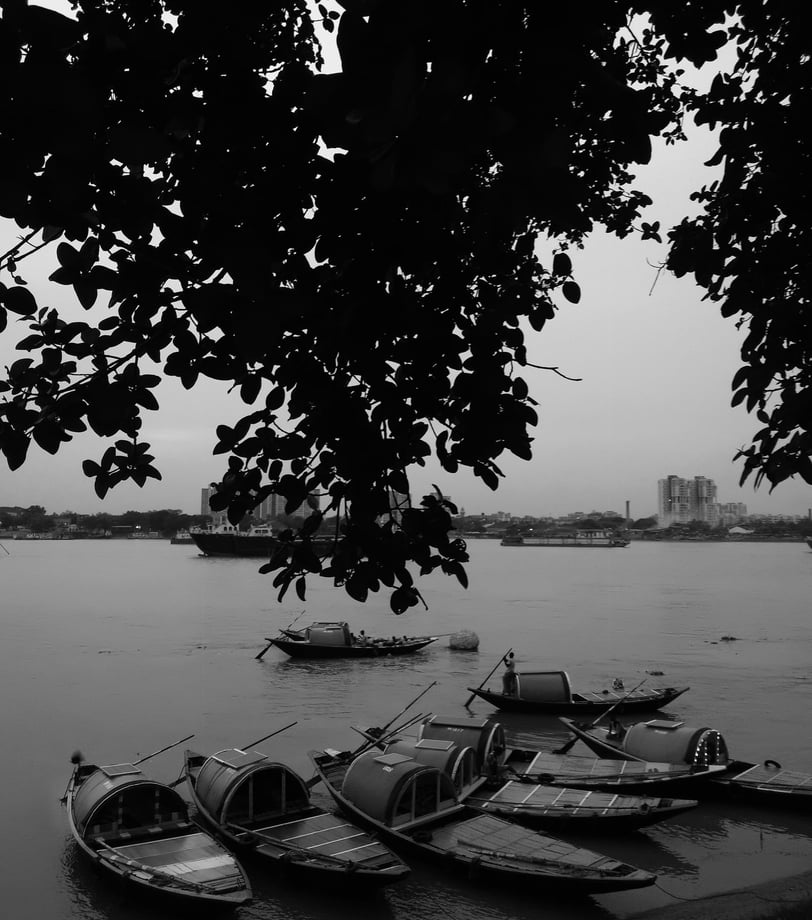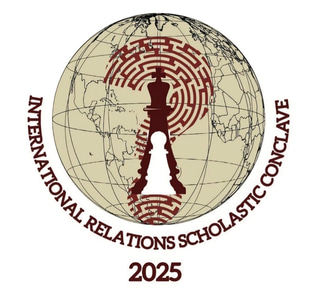THE CONCEPT OF DESH
Asmita Bhattasali
3/19/20254 min read


"...for years, my parents have saved their money to go home, but the word 'home' is never uttered... Instead they say "desh," which means 'country' but can also mean 'homeland'...Everyone speaks of going back one day, but they never do." — Jhumpa Lahiri, The Namesake
Those of us who have been lucky enough to have grown up with grandparents have all heard of "desh-er bari." The ancestral home, always spoken of with a peculiar mixture of reverence and longing, existing somewhere between memory and myth. On winter evenings in our small Kolkata apartment, my grandmother would wrap herself in a shawl and stare off into the distance. A cup of tea slowly cooling in her hands, she would begin stories that always started the same way: "Amar deshe..." (In my country). The desh she spoke of wasn't a far-off foreign land, but rather the small village in Kumilla that she had been forced to flee during Partition. Though only a few hundred kilometers away, it remained unreachable, separated not just by a border but by the weight of history.
Like countless others of my generation, I grew up inheriting memories of a place I had never seen. This inheritance forms the curious foundation of what we call "desh"—a concept more complex than its simple translation as "country" or "homeland" would suggest. What exactly is desh? Is it a geographical reality or an emotional construct? For the millions displaced by Partition, desh became a strange paradox—simultaneously real and imagined, existing both as physical place they once inhabited and as an ever-receding memory. The Bengali refugee identity, particularly in West Bengal, formed around this concept of a lost homeland. The nostalgia wasn't simply backward-looking sentimentality but rather served a crucial function in community formation. As refugees navigated hostile new environments, memories of desh provided both comfort and a cohesive narrative that bound strangers together.
This nostalgia manifested in the famous "ghoti-bangal" divide that has colored Bengali politics and culture for decades. While often reduced to harmless cultural differences in cuisine or pronunciation, this division reveals deeper questions about belonging and authenticity. Who gets to claim the mantle of "true" Bengali culture? Is it the Bangal refugees who insist their dialect, cuisine, and customs represent an uncorrupted form of Bengali heritage? Or is it the Natives Ghotis who assert their right as the established community? The politics of desh, however, extends far beyond cultural debates. It challenges Western notions of nationhood and borders,and reminds us that home is not simply a geographical location but a complex interplay of memory, imagination, and lived experience. We see this division playing out in contemporary politics, where political parties in West Bengal carefully navigate the Bangal-Ghoti sentiments during elections. The demographic shifts in constituencies like Dum Dum, Barasat, and Basirhat mirror historical refugee settlements, with parties crafting narratives that either embrace or downplay Partition histories depending on the audience. The CAA protests revealed how these historical wounds remain politically potent, with many Bengali refugees finding themselves caught between solidarity with newer refugees and the fear of losing their hard-won belonging.
The clash between culture and state apparatus persists in the daily lives of Bengali refugees and their descendants, particularly in how administrative systems categorize and process identity. The bureaucratic frameworks of modern India—from census forms to official documentation—struggle to accurately capture the nuanced cultural identity of those with roots across artificial borders. State narratives emphasize definitive national identities while cultural memory resists such neat categorization. This tension manifests in educational curricula where partition history is flattened into simplistic narratives, in cultural funding that privileges certain expressions of Bengali heritage over others, and in the subtle ways government communications address communities with cross-border cultural affiliations. A dissonance exists between state-defined identity and cultural memory, which continues to shape how families relate to India and Bangladesh, creating a dual consciousness that moves between official citizenship and emotional belonging.
As a second-generation refugee, my relationship with desh differs fundamentally from my grandparents'. While they mourned a lost reality, I grapple with the inheritance of homesickness for a place I've never known. This strange nostalgia-once-removed characterizes many diasporic communities especially in post-colonial nations, where borders imposed artificial divisions that communities continue to navigate generations later. What we seek to do with our Bangal identity today involves both preservation and reinvention. When we attempt to maintain the distinct traditions of Bangal heritage in our homes, we aren't simply clinging to the past but actively creating cultural spaces that resist political borders. Our community associations that maintain connections with relatives across the border through cultural exchanges represent a grassroots rejection of the nation-state's attempt to separate what history united. For the younger generation, embracing our identity has become a form of resistance against homogenization—whether from pan-Indian nationalism or globalized culture.
By celebrating distinctive linguistic features like the "Bangal accent" that was once mocked, we transform markers of exclusion into symbols of pride. Our reclamation of our identity seeks not separation but recognition of the artificial nature of borders that divided a cultural region.The Bengali refugee experience demonstrates that displacement, while traumatic, doesn't erase identity. Instead, it transforms it—creating hybrid cultures that preserve elements of the past while adapting to new realities. The cultural vitality of refugee communities challenges the notion that migration represents a loss of authenticity. For my generation, desh is not simply the ancestral village of our grandparents' stories but a more fluid concept encompassing multiple belongings. We inherit memories of Bangladesh while being rooted in India, creating identities that span artificial borders.
My grandmother's stories of desh weren't merely nostalgic reminiscences but acts of cultural preservation. In sharing them, she ensured that something of her homeland survived beyond borders and across generations. For those of us who inherit these stories, the challenge lies in honoring this legacy while creating new meanings of belonging suited to our complex reality.
Desh, then, is neither purely imaginary nor solely geographic. It exists in the space between memory and presence, loss and creation—a concept as elusive as it is essential to understanding the refugee experience in India and beyond.
